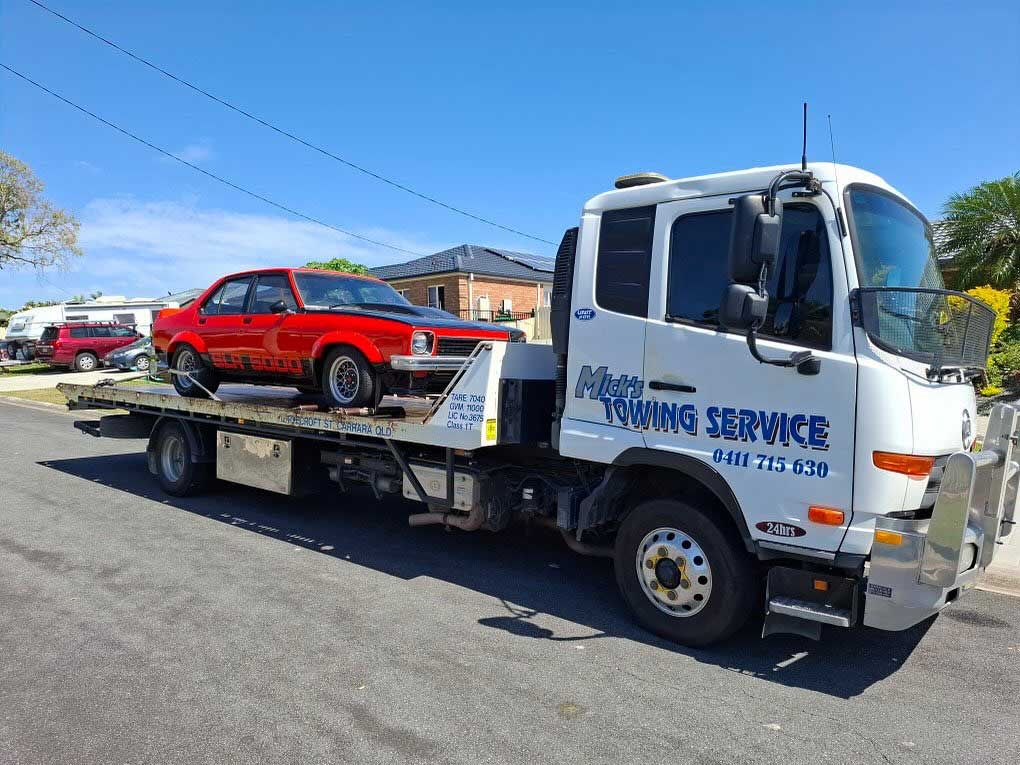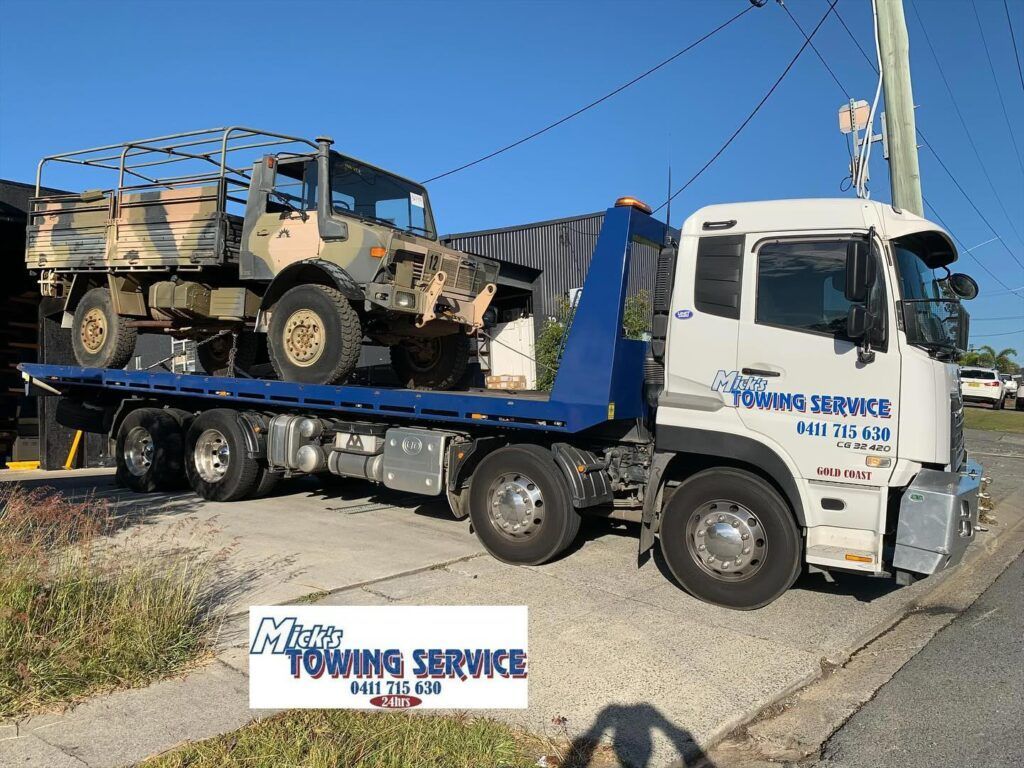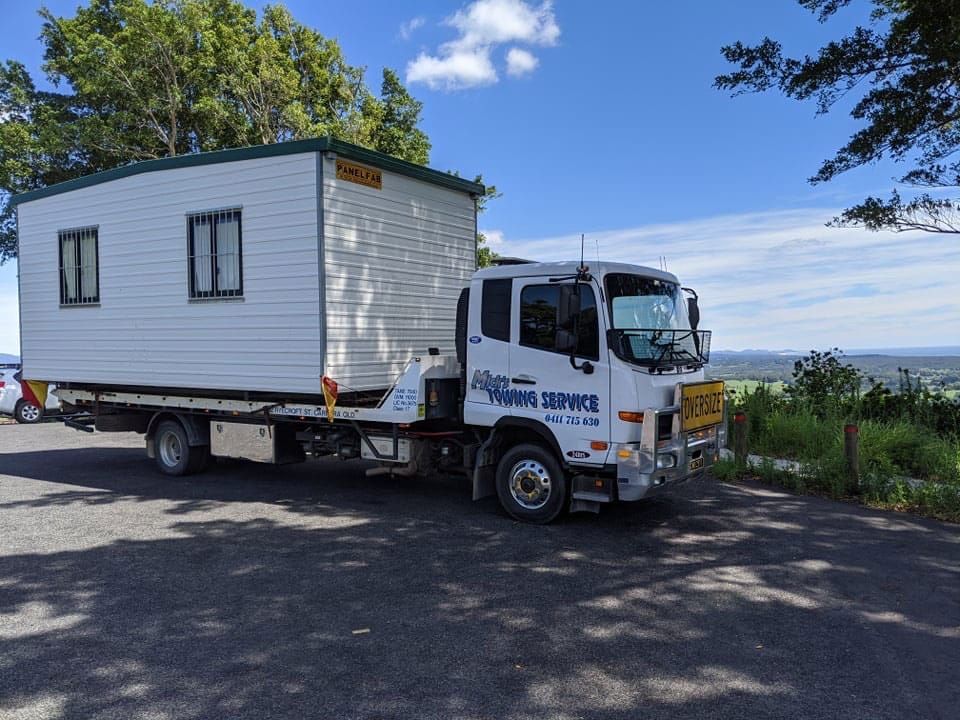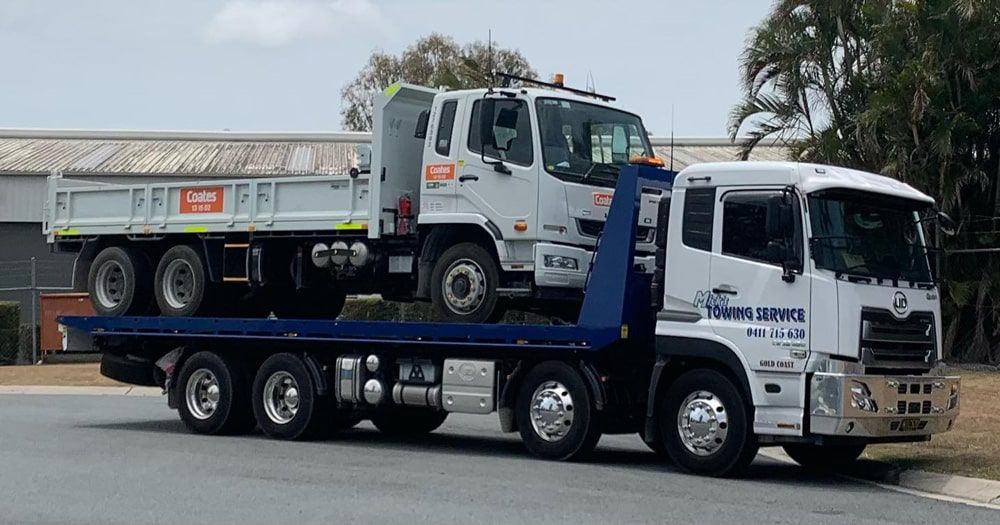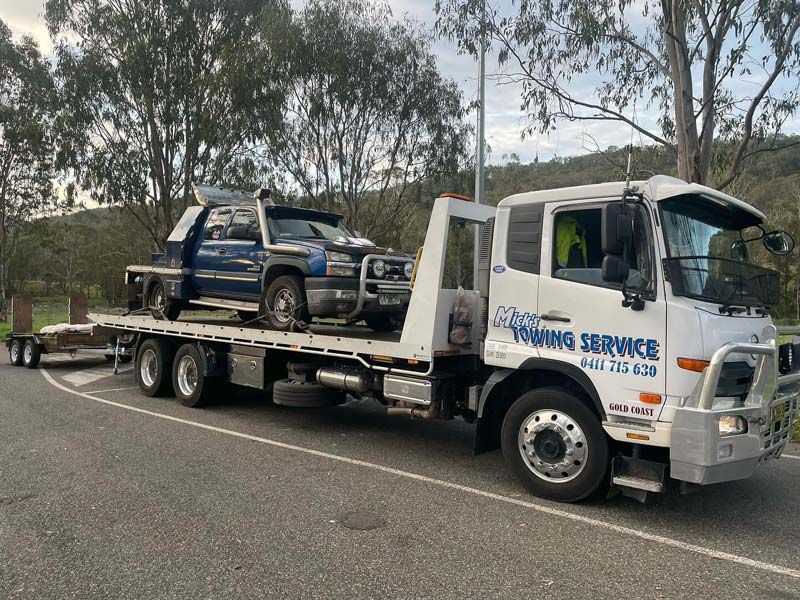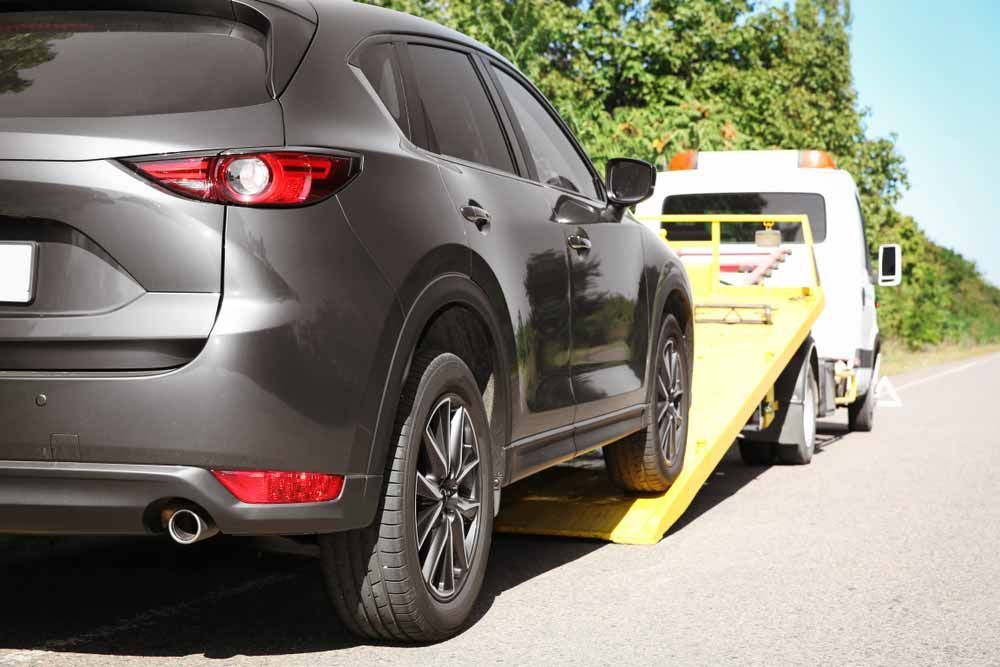What You Need To Know Before Changing Your Engine Oil
Changing your car’s engine oil at home allows you to save money and get to know your car a little better. But before you dive in, there are a few things you need to know to avoid common mistakes.
Read on to find out these mistakes, the damage these mistakes could cause to the performance and longevity of the engine, a brief guide on how to successfully change the oil yourself, and an easy way to keep track of when the oil needs changing.
4 Common Mistakes Some People Make When Changing Their Cars Engine Oil
1. Overfilling or underfilling the engine oil: Underfilling the oil in your car can cause the engine seal and/or gasket to leak. Overfilling can cause stress to the engine by promoting a substantial amount of friction to accumulate around the engine.
2. Using the wrong oil for the car: Every car requires specific oil. Engine oil is gauged in viscosity, which pertains simply to its thickness. Oil that is too thin for your car will not lubricate the moving parts of the engine effectively, causing the metal-on-metal components to grind together. On the other hand, using oil that is too thick will cause the same issue and you’ll notice a rapid drop in fuel economy. Using the wrong oil will shorten the engine’s life.
3. Not tightening the oil filter properly: When placing the oil filter back on after changing the engine’s oil, the filter needs to be first tightened by hand and then via a tool. Not tightening the filter enough or over-tightening can result in loose gaskets (which allow contaminates into the engine) or a stripped thread/O-ring (causing leakages).
4. Not lubricating the filter seal: Before placing the filter on the car, the gasket must be lubricated in oil. This allows the gasket to crush and hold fast to the engine. Failure to lubricate the seal will cause the filter to leak or come off, draining your car of oil.
How To Change The Oil In Your Car
1. Check what oil your car requires (this can be found in the car manual): In Australia, we use The Society of Automotive Engineers (SAE) rating to determine the viscosity required. Then check how many litres of oil your car requires. If you have any concerns, the team at your local auto store should be able to help you out.
2. Prepare your car: Prop the car safely up on a jack and jack stand (or ramp) and ensure the stands are level and stable to avoid serious injury. Make sure the car’s engine is warm (do not attempt to change the oil when the car is cold or hot) as this allows the oil to drain efficiently.
3. Drain the oil: Unfasten the oil stump slowly. When the oil comes out, it comes out quick and, on an angle, so ensure the draining pan is offset from the stump. Leave it to drain.
4. Tighten the stump plug: While the oil is draining, check the plug to see if it requires a new gasket. Ensure the old gasket isn’t still attached to it or your car. Once the oil has drained, tighten the stump back into place. Avoid overtightening as this could strip the thread.
5. Remove the oil filter: Reposition the pan under the filter and loosen the filter slowly. Remove the old gasket and douse the new gasket in oil before placing it on the filter. Fasten the filter to the car with your hand first and use a tool to tighten it just a little bit more.
6. Add the new oil: Use slightly under what is recommended for your car, you can always add more later. Start the car and let it run for a minute. Turn off the car and check for leaks underneath.
7. Check the oil level: If the oil is low, top it up.
When Should You Change Your Car Engine’s Oil?
This depends on the type of car you have but there is a general rule of thumb. On average, it is safe to change the oil about every 6 months.
Changing your car’s engine oil at home saves a trip to the mechanic but it doesn’t come without risk. Ensure your car is stable and you have the right tools and materials for the job prior to starting.
If you need more advice or find yourself stuck, the team at Mick’s Towing Service are here to help with towing or transport services. Get in touch with us today to find out how we can help you.





